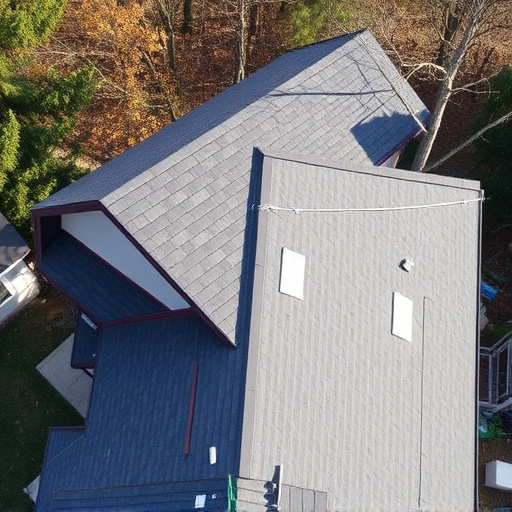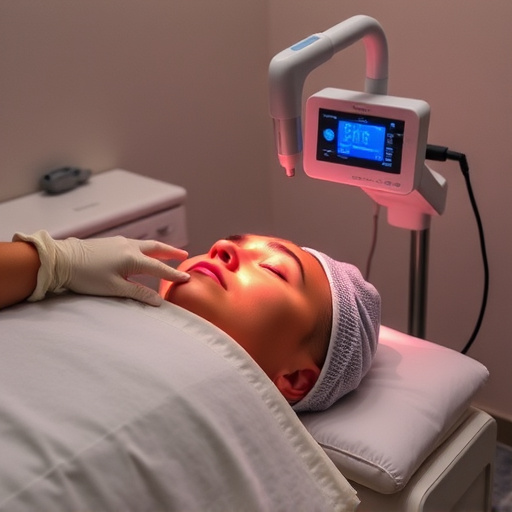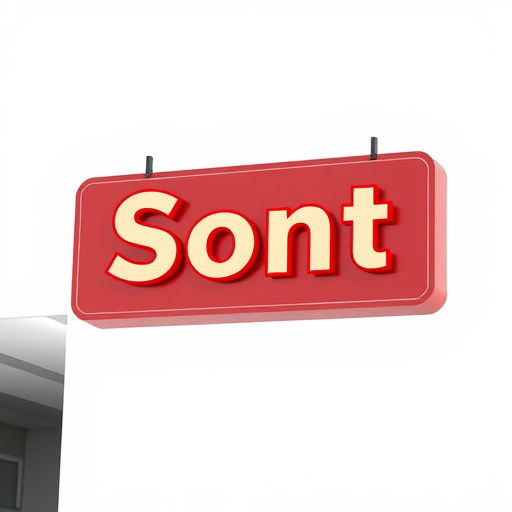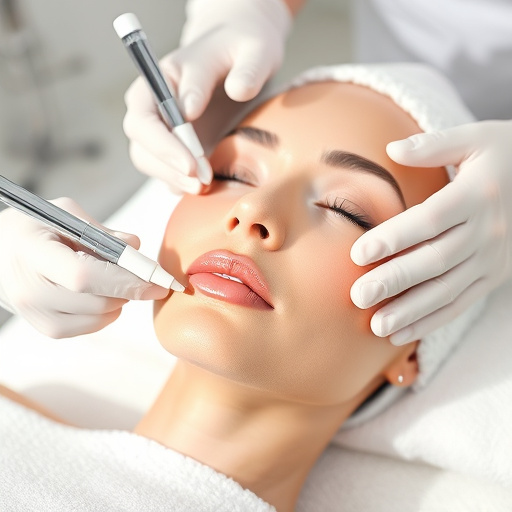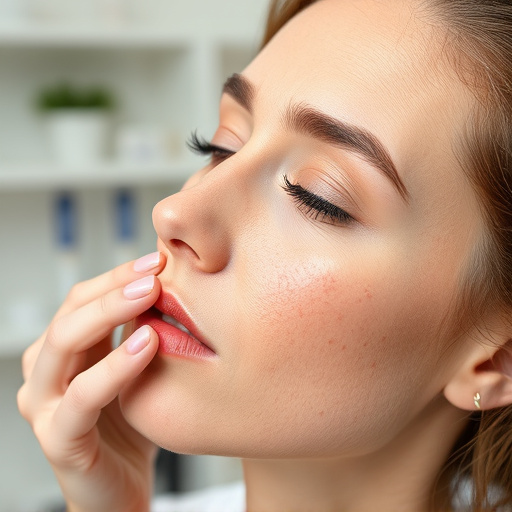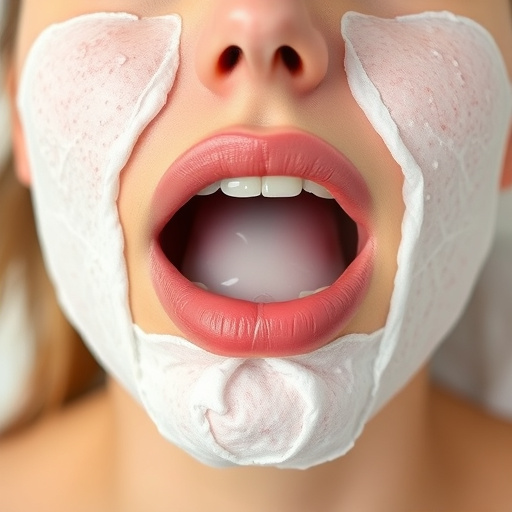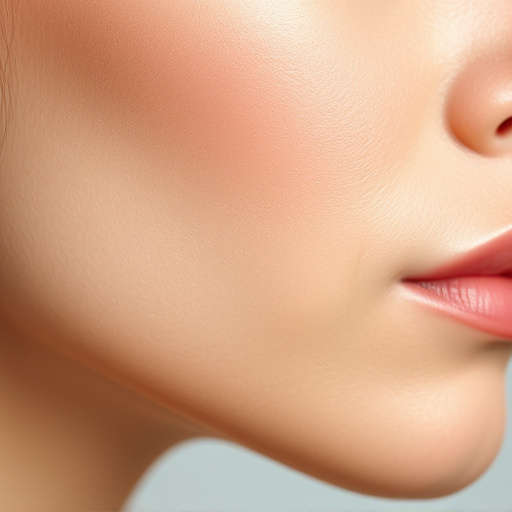Razor bumps and razor burn are common shaving issues treated with targeted skincare routines and specialized services. Razor bump treatment includes topical creams like hydrocolloid, calamine, and retinoids, while razor burn is soothed with cooling gels and gentle exfoliation. Long-term solutions involve laser hair removal and microdermabrasion for smoother skin.
In the quest for smooth skin, understanding the distinction between razor bumps and razor burn is crucial. This article illuminates these common yet distinct skincare issues, providing insights into their causes and effective treatments. Razor bumps, characterized by small, red, itchy bumps, stem from ingrown hair, while razor burn presents as a painful, hot, inflamed skin reaction. Discover practical strategies for addressing each condition, focusing on evidence-based razor bump treatment methods.
- Understanding Razor Bumps and Their Causes
- Recognizing Razor Burn: Symptoms and Triggers
- Effective Treatment Options for Each Condition
Understanding Razor Bumps and Their Causes
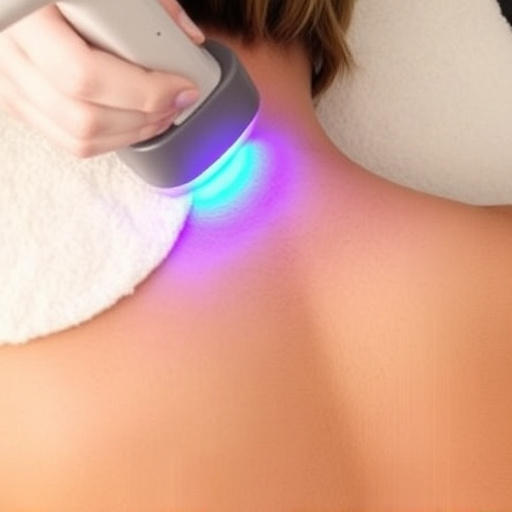
Razor bumps, also known as pseudofolliculitis barbae, are small, red, raised bumps that often appear on the neck, face, and other areas where hair is shaved or trimmed. They occur when a hair follicle becomes irritated after shaving, leading to inflammation. This can be caused by several factors, including using dull razors, harsh shaving creams or gels, or even tight clothing that rubs against the skin.
A professional skincare routine or visit to a medical spa services can offer effective razor bump treatment. Aesthetic treatments like chemical peels, microdermabrasion, and laser therapy are also popular options for managing and preventing these bumps. By addressing the underlying causes and employing these specialized treatments, one can achieve smoother, bump-free skin.
Recognizing Razor Burn: Symptoms and Triggers
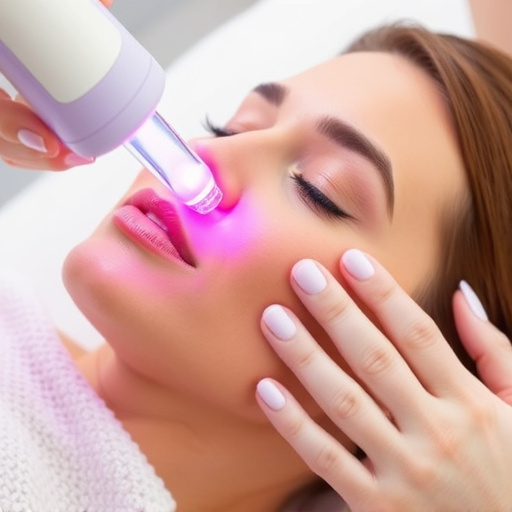
Razor burn is a common skin condition that occurs after shaving, often characterized by red, irritated patches on the skin’s surface. It can feel rough and may cause itching or stinging. The key to recognizing razor burn early is understanding its symptoms. These typically include immediate redness, small red bumps, and a burning sensation right after shaving. In some cases, razor burn can also lead to more severe reactions like larger welts, blisters, or deep inflammation.
Several factors contribute to the development of razor burn. These triggers include using a dull blade, applying excessive pressure while shaving, or using harsh shaving creams and gels. Even certain skin conditions like eczema or sensitive skin can make individuals more prone to experiencing razor burn. Recognizing these triggers is an important step in managing and preventing razor burn, which is why many people opt for specialized facial treatments, such as chemical peels, or develop a personalized skincare routine tailored to their needs.
Effective Treatment Options for Each Condition
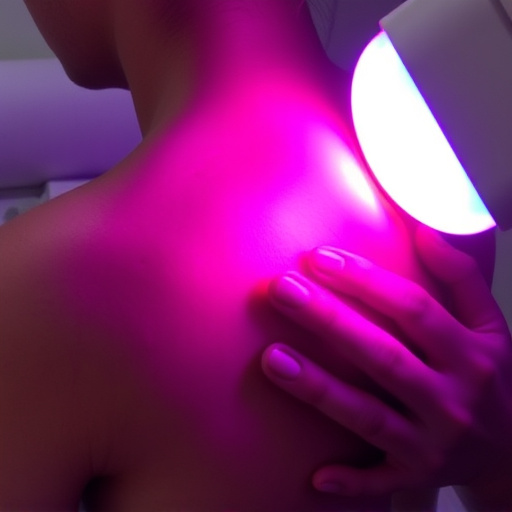
When dealing with razor bumps or razor burn, there are several effective treatment options available to address each condition specifically. For razor bump treatment, one of the most common and successful approaches is using topical creams or lotions containing ingredients like hydrocolloid or calamine. These products help soothe inflammation and promote healing by creating a protective barrier on the skin. Additionally, over-the-counter or prescription retinoids can be beneficial in reducing razor bumps by encouraging cell turnover and unclogging hair follicles.
For razor burn, which is typically characterized by red, irritated patches of skin, medical spa services often recommend cooling treatments like aloe vera gels or cold compresses to provide immediate relief. Moreover, exfoliating the affected area gently with a chemical peel or a mild scrub can remove dead skin cells and help restore skin health. Aesthetic treatments such as laser hair removal or microdermabrasion may also be suggested in the long term to prevent future razor burn by reducing skin sensitivity and smoothing the surface of the skin.
When it comes to managing razor bumps and razor burn, understanding their distinct characteristics is key. By recognizing the causes and symptoms of each condition, you can choose the most effective razor bump treatment for your needs. Whether it’s addressing the underlying factors or applying targeted remedies, finding the right approach will ensure smoother skin and a more comfortable shaving experience.

